I've found here the following architecture:
I've understood that single-page web application requests static resourses to CDN and API resources to APIM. Is the browser contacting two different FQDN (for example: www.site.it and www.api.site.it)?
In order to access to with a single FQDN, could I move the CDN in front of the APIM? Could I achieve it with CDN rules?
Could I help me?

